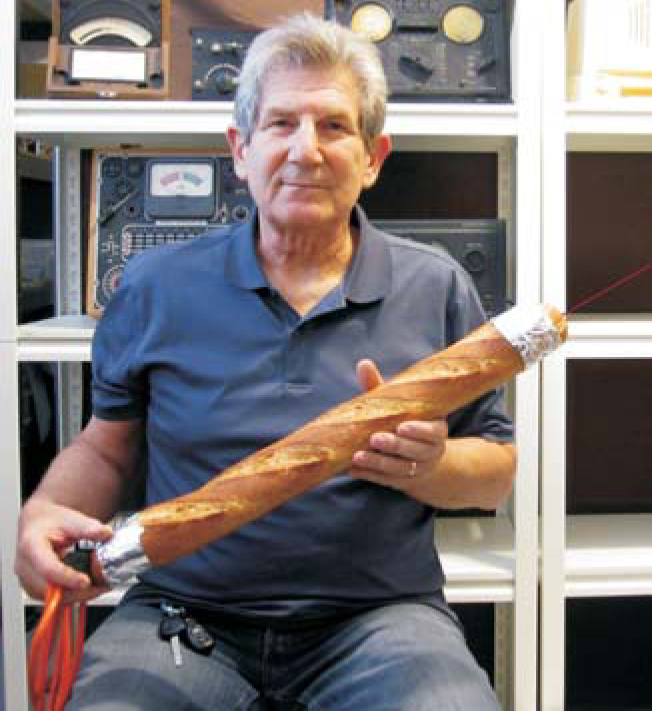Physicist stands up for laughs
DOI: 10.1063/1.3455245
I want you all to relax tonight, okay? No one’s expected to get all these jokes. Just do the best you can in the time remaining. And remember, if you come to a joke and you are unsure of the joke, skip over the joke and go to the next joke. … Yeah, I taught the f-word. Physics.
Norm Goldblatt was on the faculty at the Rochester Institute of Technology for a decade. In 1979 he left academia for industry, and for the past 30 years his day job has been doing laser research and product development. He currently works on ophthalmic applications of lasers at Optimedica in Santa Clara, California. On the side, he does standup comedy.
Goldblatt does a gig or so a week, at corporate functions, schools, and professional society meetings, among other locales. He performs around the country, although mostly in the San Francisco Bay Area. He has written for Jay Leno. And, officially a professional, he is barred from amateur competitions. He bantered with Physics Today, earlier this spring.
PT: How did you get into standup comedy?
Goldblatt: I’ve been writing humor from an early age. The fact that I take science and math so seriously is part of the humor in it all. My wife and I moved to California in the late 1970s. This was a time when comedy was king in San Francisco. Simultaneously, the Silicon Valley was burgeoning and the social ineptitude of our ilk really amused me before it was chic to be geek. Having taught physics for 10 years, I was used to performing. It was not a big jump to do standup.
It’s really funny, my energy on stage or in front of a lecture hall depends so much on the energy of the audience. It’s really amazing how there is a real interaction—the facial expressions of the audience, the time delay to the “aha” moment, the dB level of the laughs. …
PT: Do you have a favorite joke? Or an anecdote?
Goldblatt: A few months ago I was performing at Stanford University. I did a joke on the Heisenberg uncertainty principle, where I implied that a more advanced civilization would have resolved the uncertainty—in other words, the uncertainty would go away if only we had a deeper understanding of the physical world.
Some guy came up to me and told me he was highly offended. He was so serious. And I went away with a big smile on my face because I had really touched this guy. Can you imagine anybody getting so exercised about something so geeky? How marvelous!
PT: How do you work on comedy?
Goldblatt: I am always thinking about it. I always have a voice recorder to capture ideas. I hone new material at small clubs. It requires a lot of time on stage to see what will be a hit. The whole act is very crafted. It has to be done in a specific order. With my material, the setup often includes a cheery introduction to an arcane topic. Later, it’s fun to refer to it again.
My hope is that the audience will leave feeling smart. They got it! Never intimidate is the whole idea. That makes my writing a whole lot harder. It’s part engineering and part psychology. Of course, if the audience is technical, I’ll structure the act accordingly.
PT: Does doing comedy affect your research?
Goldblatt: Of course it’s not supposed to. But once I thought it would be hysterical to leave out data points that didn’t fit my theory. Isn’t that hilarious? No, seriously, I often get a kick out of watching myself do things. I was at work and had a lot of data. I heard the new [Microsoft] Excel was going to have a million rows—actually 1 048 576, but who’s counting?—so I downloaded a trial copy. I wanted to see for myself. Everyone flocked into my office to see the millionth row. We were all so excited. Isn’t that sad?
I make fun of us nerds, but it doesn’t mean I take science any less seriously. I love math. I love physics. I am consumed by it.

Norm Goldblatt holds a “laser loaf” like the one he made for laser co-inventor Arthur Schawlow to use as comic relief at an awards dinner in 1986.

More about the Authors
Toni Feder. American Center for Physics, One Physics Ellipse, College Park, Maryland 20740-3842, US . tfeder@aip.org
